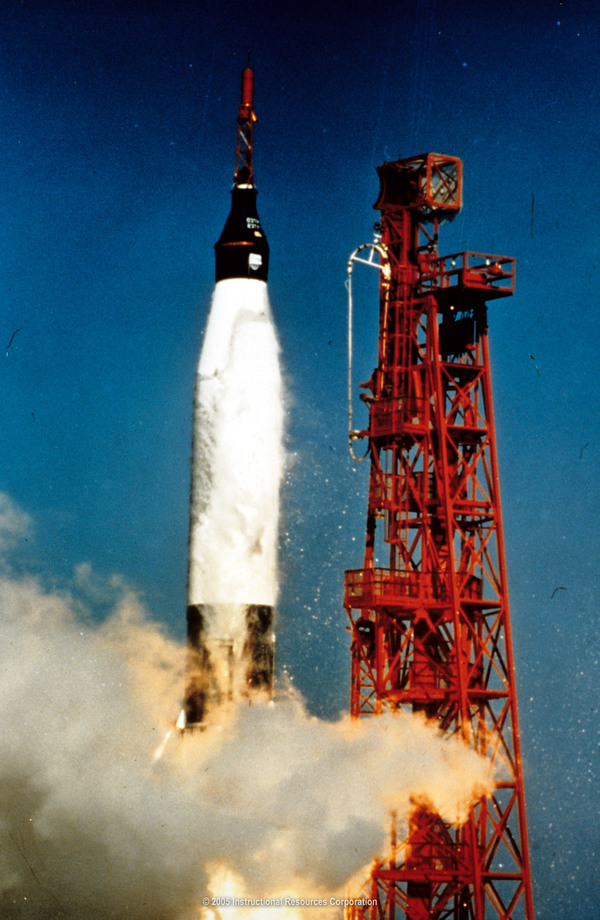Introduction


Central Question: What foreign policy decisions during the Eisenhower administration contributed to an increase in Cold War tension?
During the 1950s, Bert the Turtlecartoon character created by the U.S. government to create public awareness of a nuclear attack warned American school children to "Duck and Cover" in the event of a nuclear attack. In the height of the Cold Warwar between the Soviet Union and the U.S. from post World War II to 1991, such an attack from the Soviet Union seemed imminent as each side rushed to develop an arsenal of weapons to destroy the other. The race for superiority seemed to span the globe as the United States attempted to contain communism in Asia, the Middle East, and Latin America. With the successful launch of a Soviet satelliteSputnik in 1957, American fears of Soviet domination grew even more intense. The reach of the Cold War seemed limitless.
Following successful completion of this lesson, students will be able to:
- Discuss the relationship between the United States and the Soviet Union during the 1950s.
- Examine the Space Race and Nuclear Arms Race during the Cold War and the effect it had on the nations.
- Identify areas of conflict during the 1950s including Hungary, China, and Cuba.
- Describe the policy of brinkmanship and the influences it had on U.S. foreign policy.
The above objectives correspond with the Alabama Course of Study: US History 11 Objectives: 11.1 & 11.2.
This lesson incorporates the following Literacy Standards: R2, R6, R7, R8, W1b, W1c, W6, W7, W8, & W9.
Photograph Citations (left to right):
Mercury-Atlas 6 rocket blasts off. IRC, 2005. Image. Discovery Education.
Web. 15 July 2014. <http://www.discoveryeducation.com/>.
First Test of a Hydrogen Bomb, Fall 1952. IRC, 2005. Image. Discovery Education.
Web. 15 July 2014. <http://www.discoveryeducation.com/>.